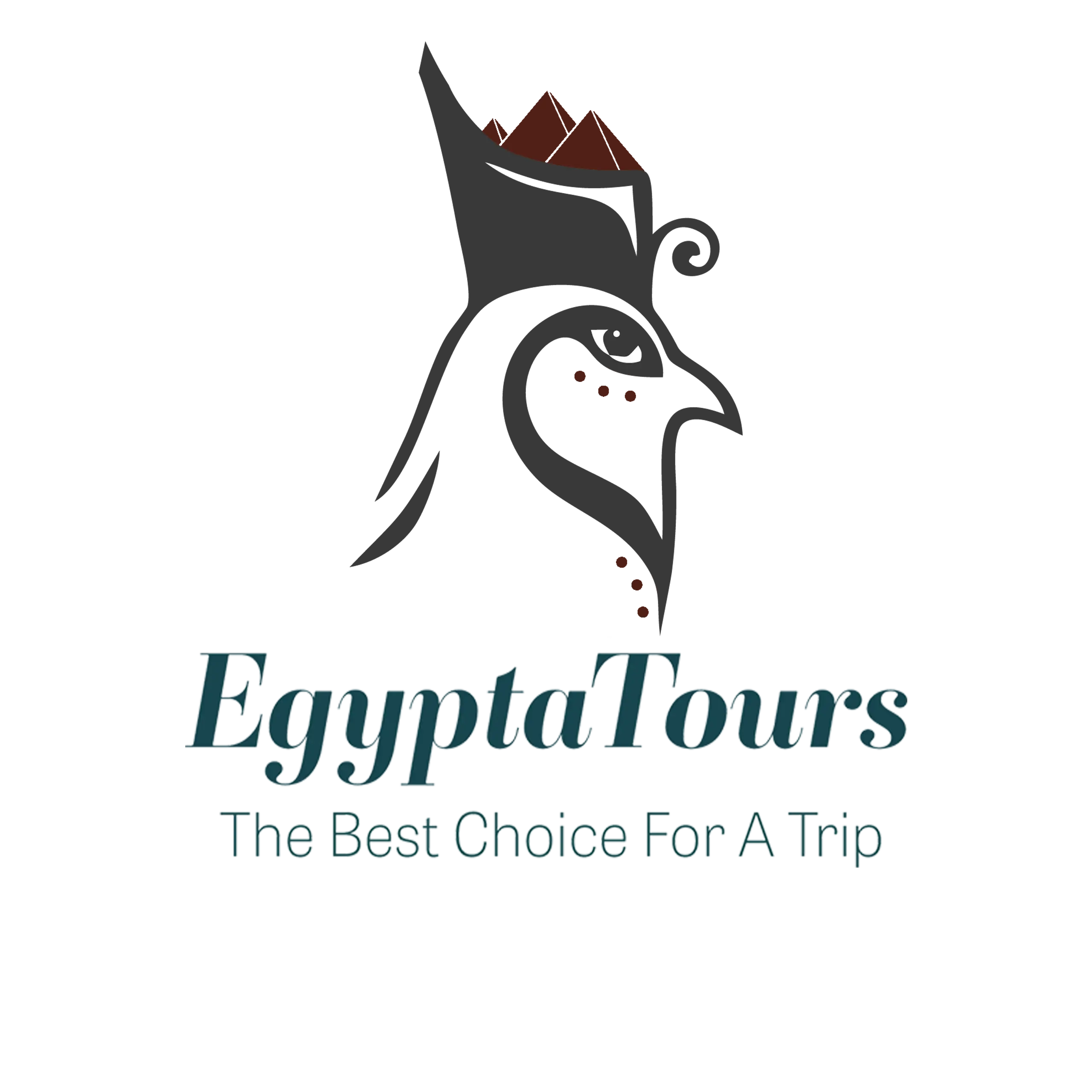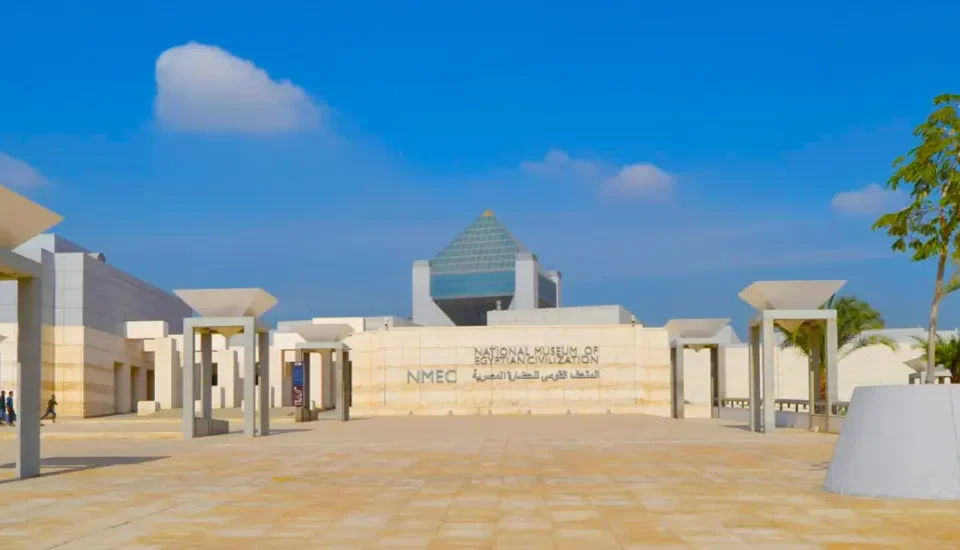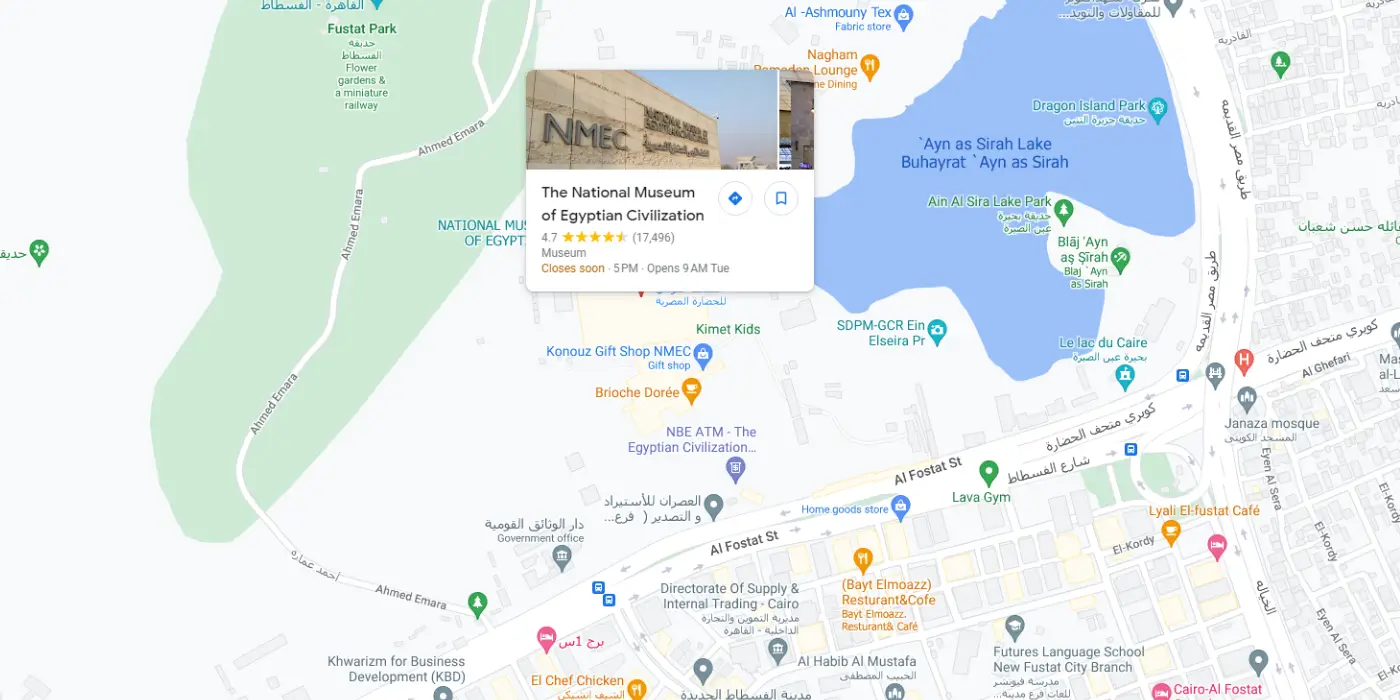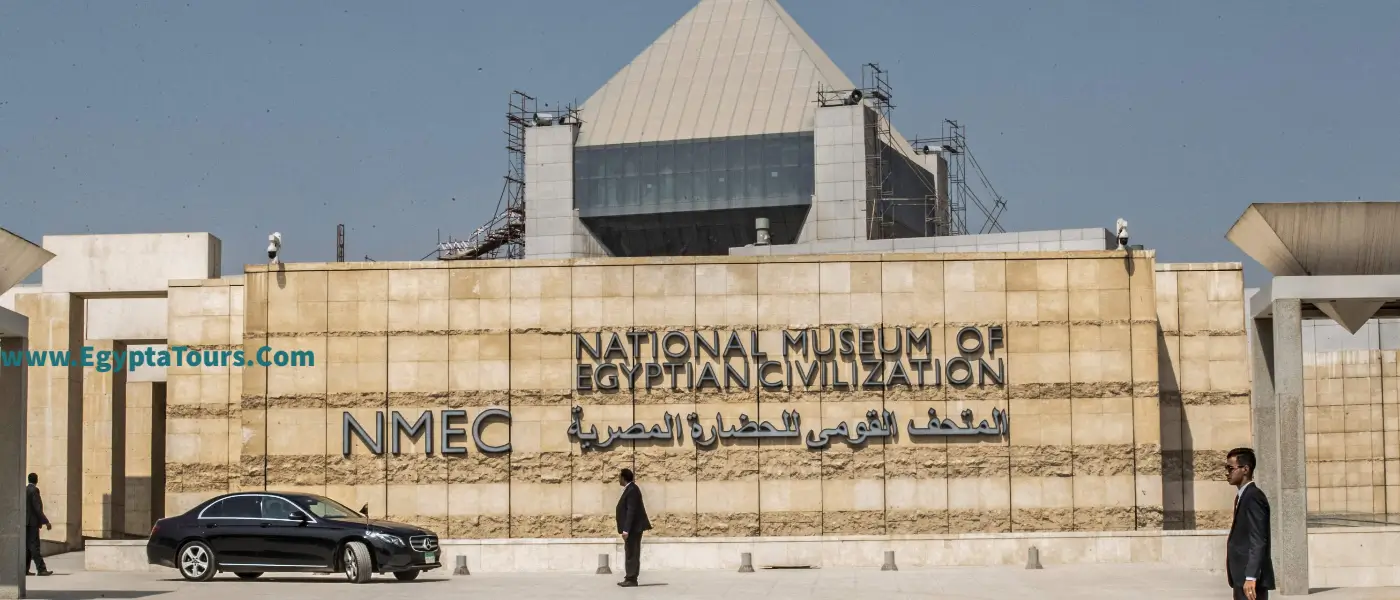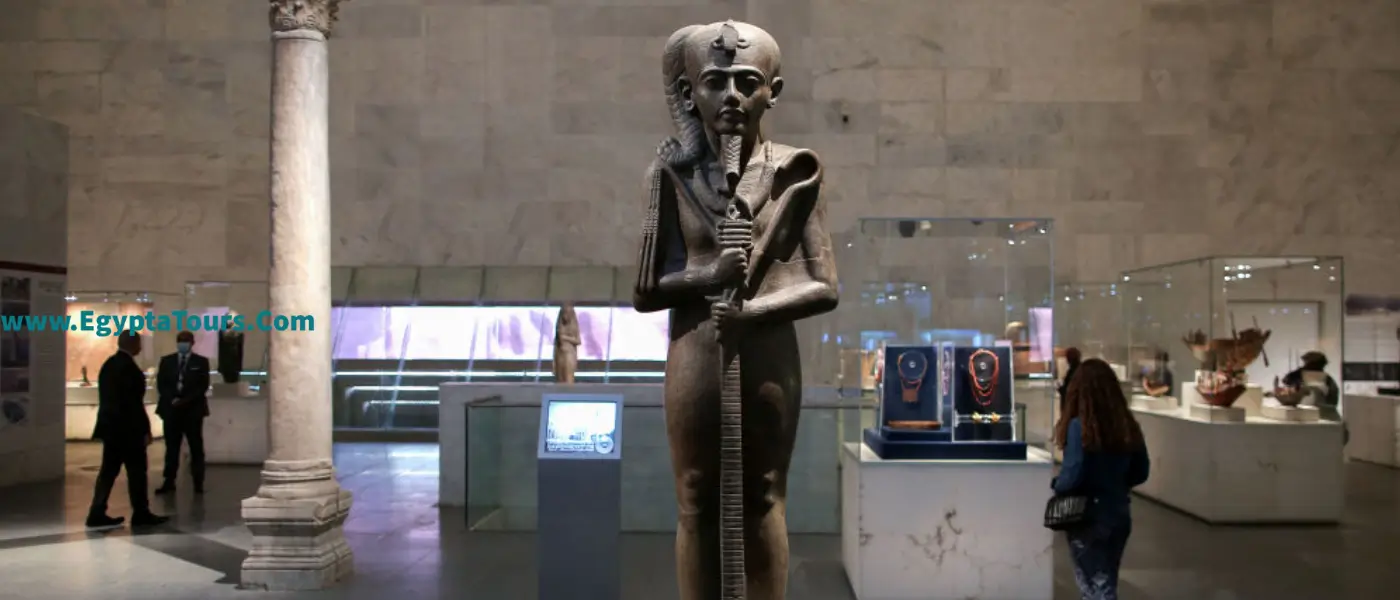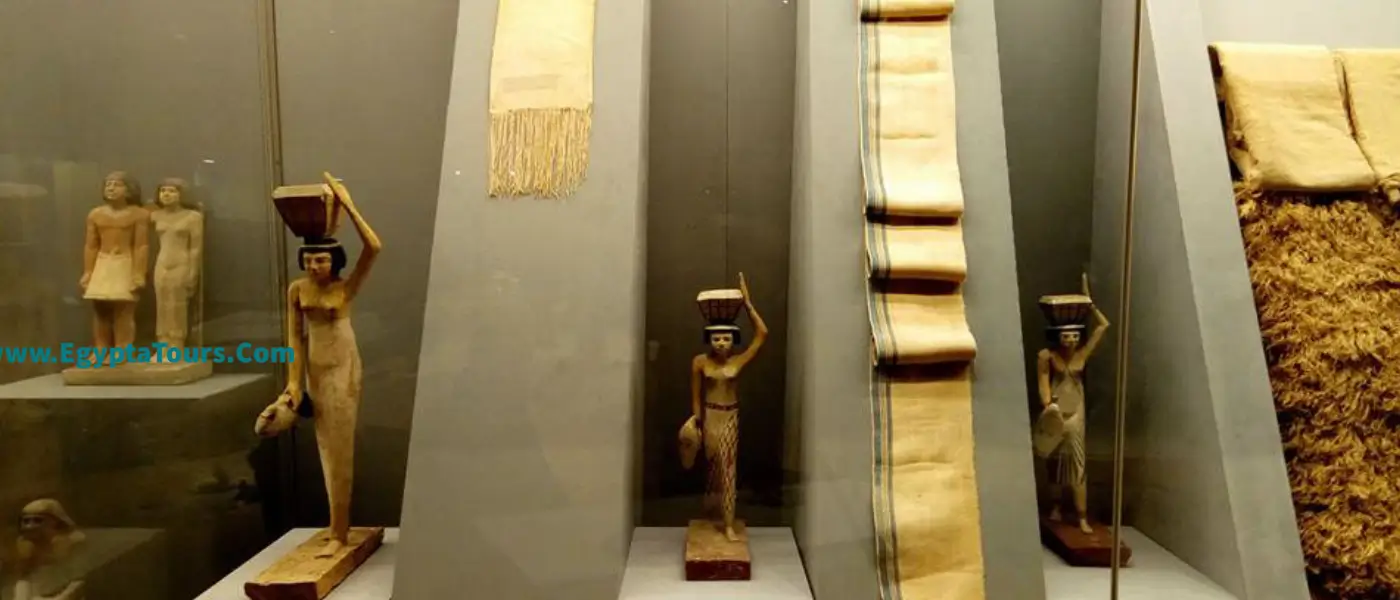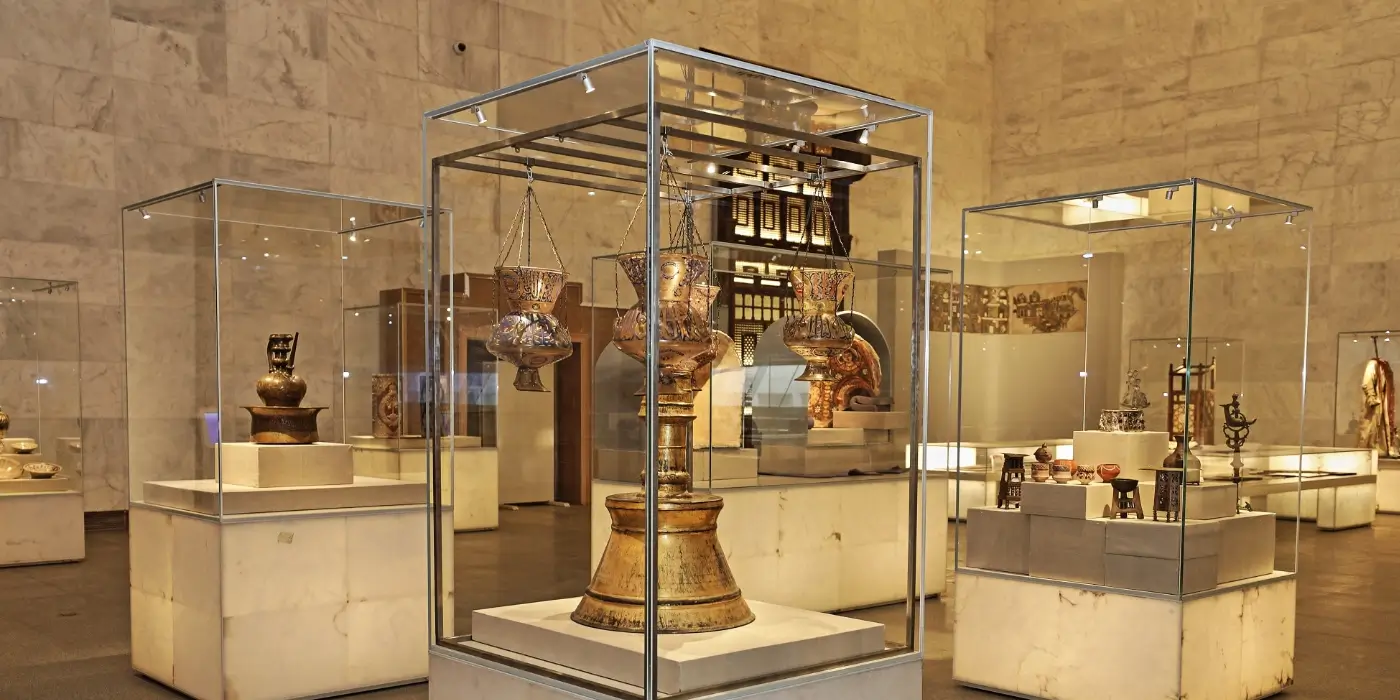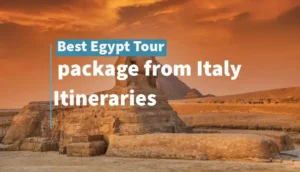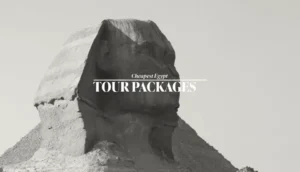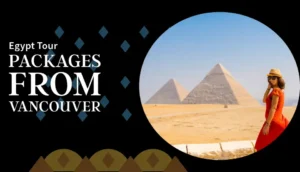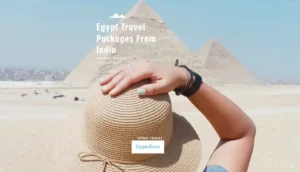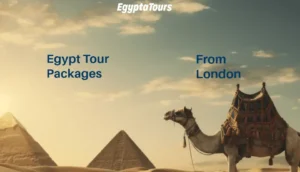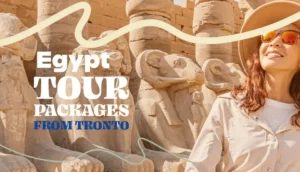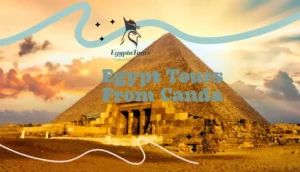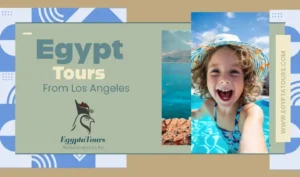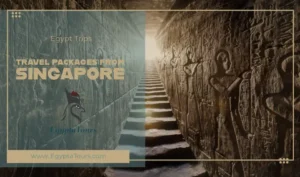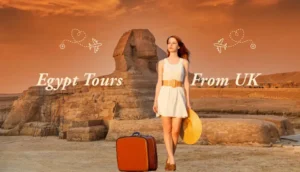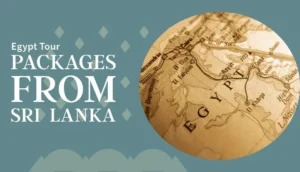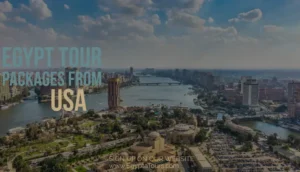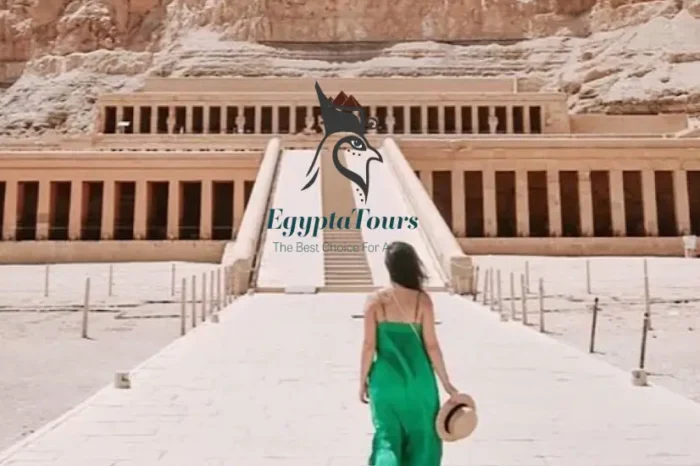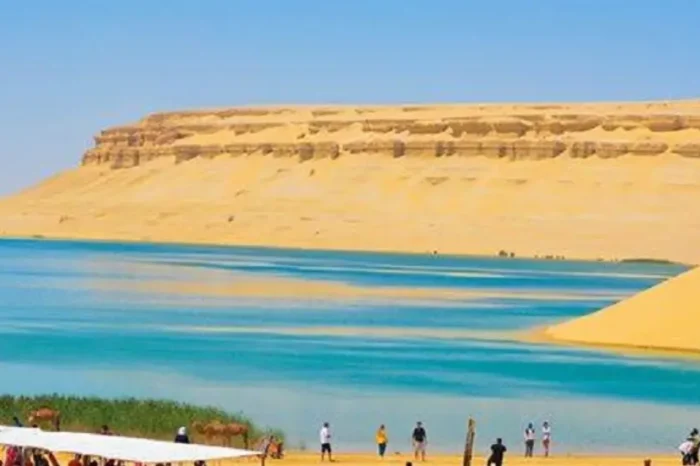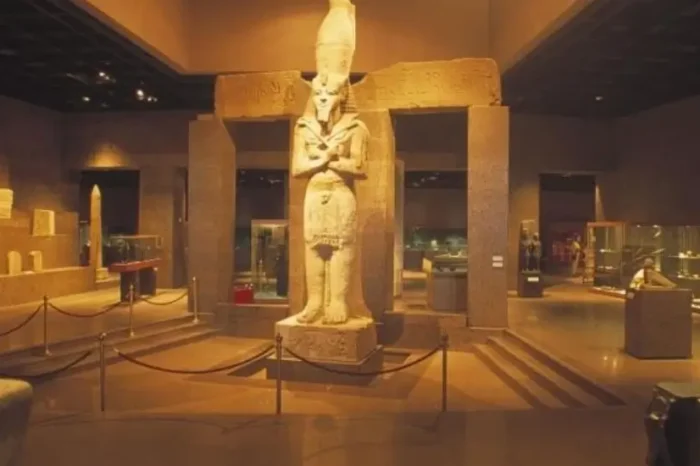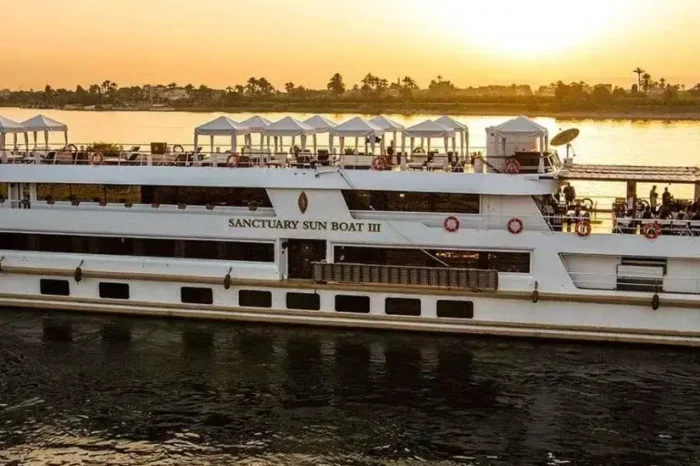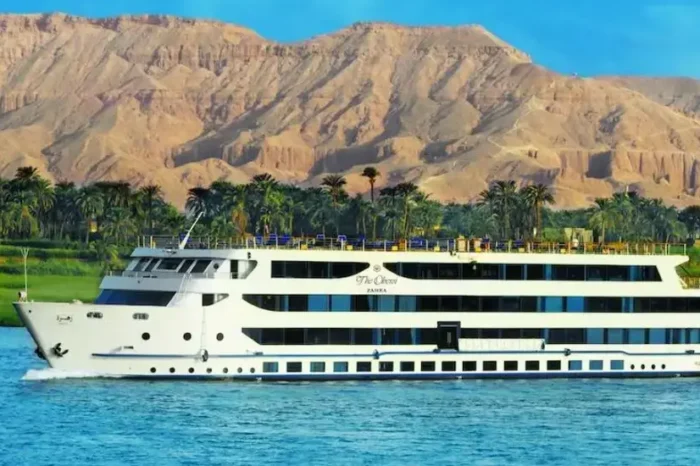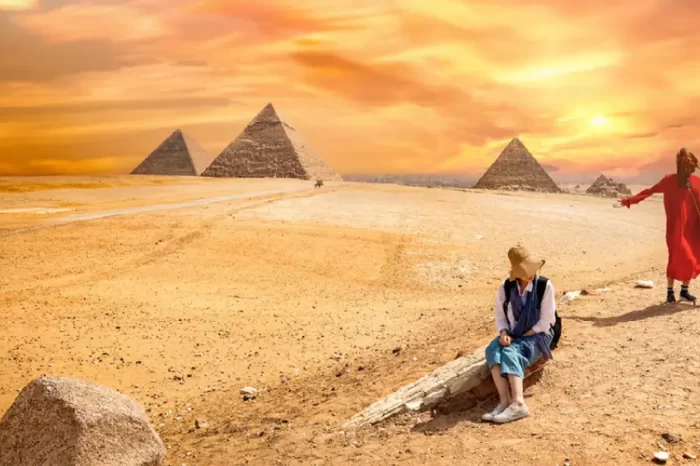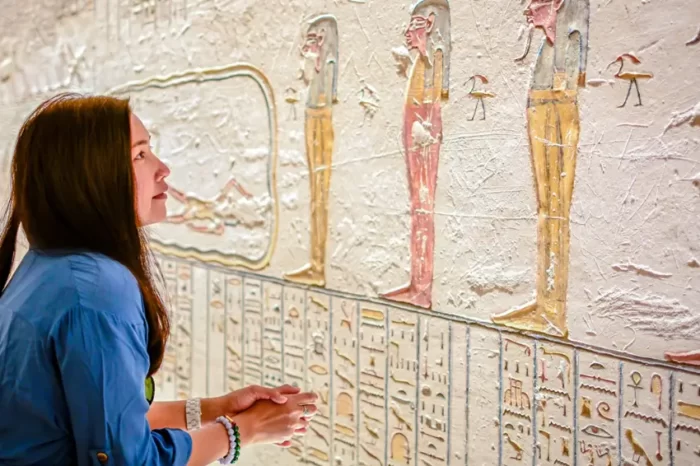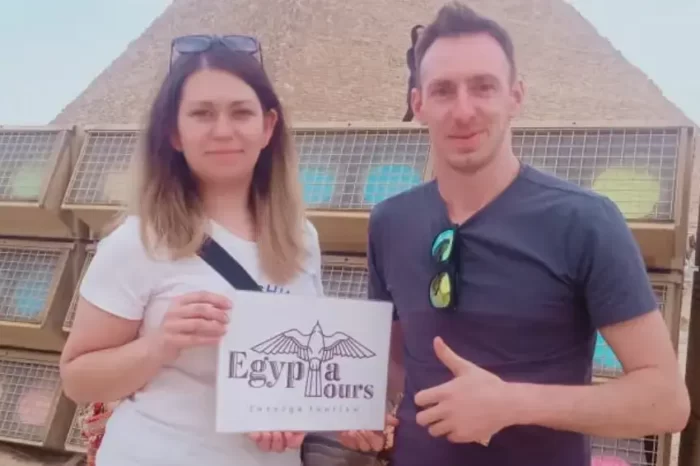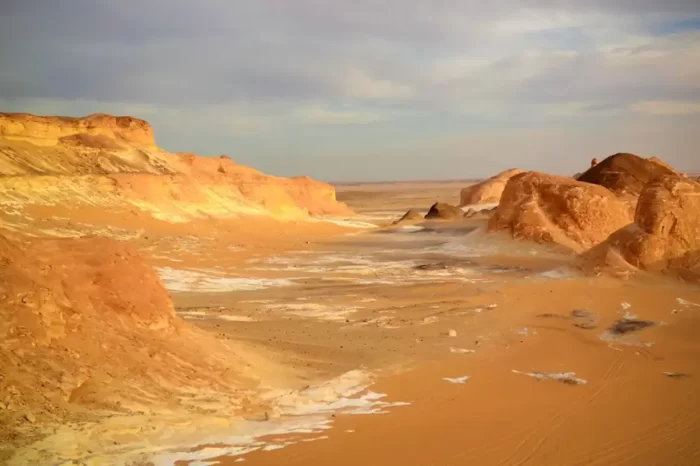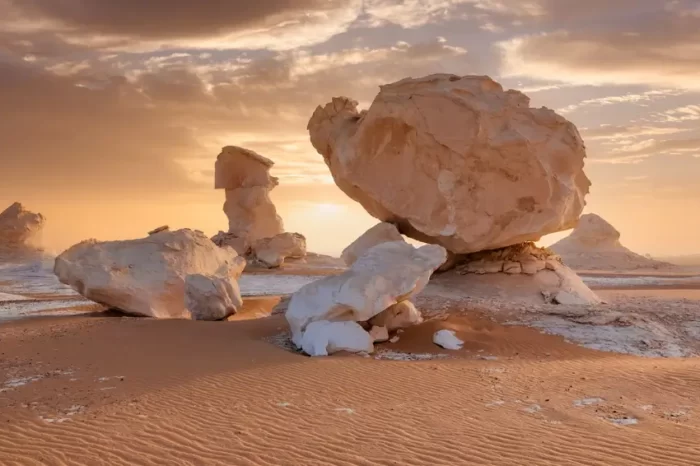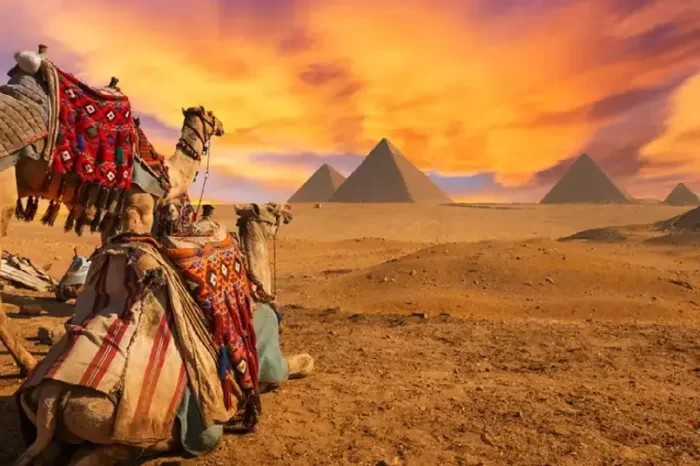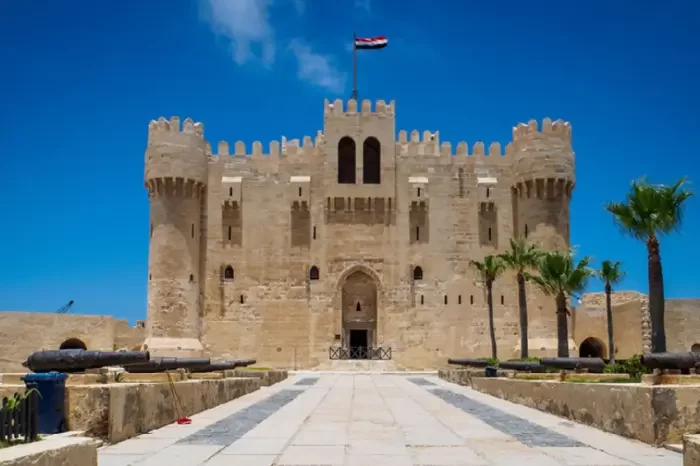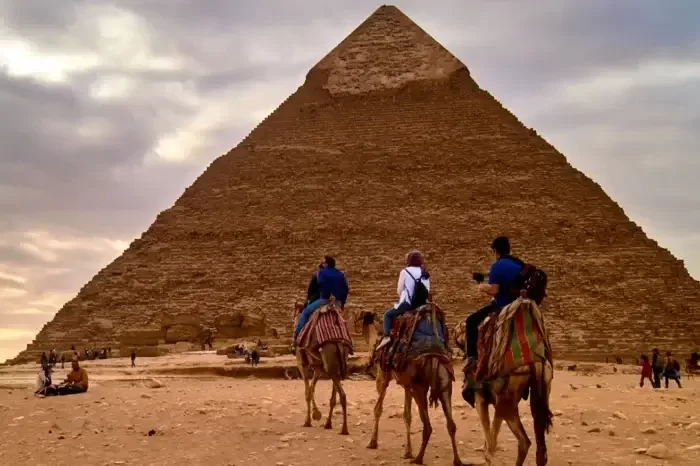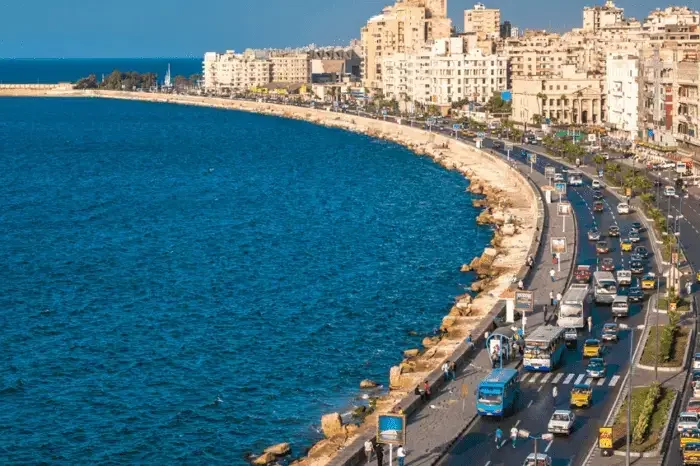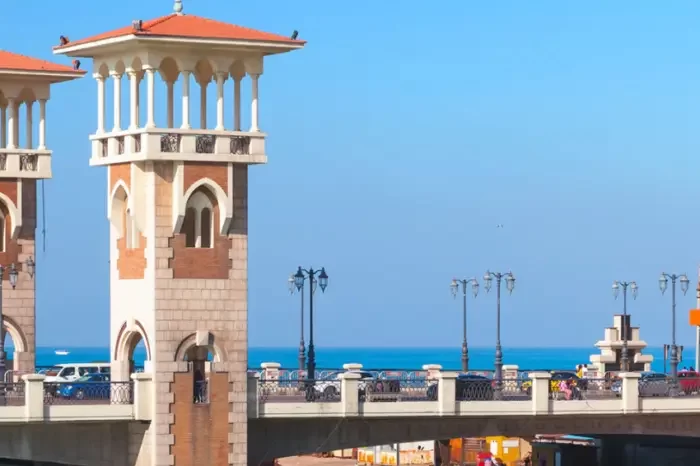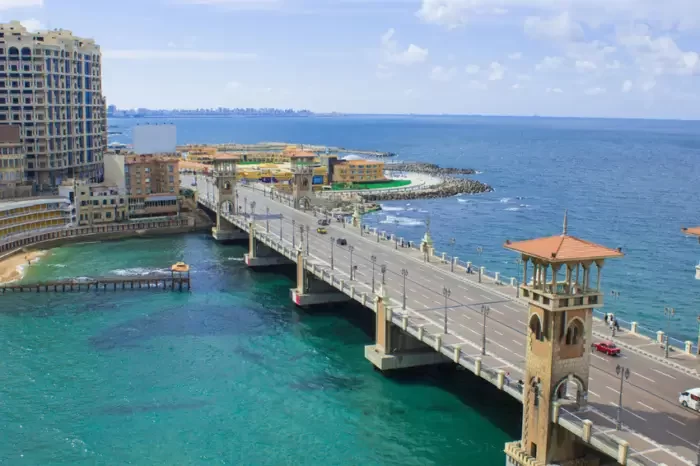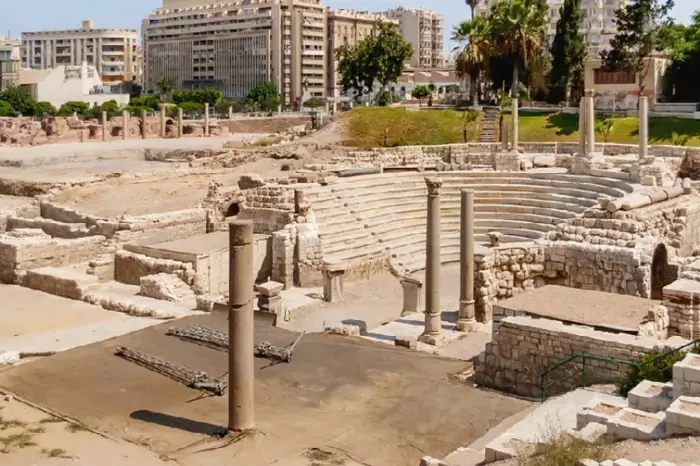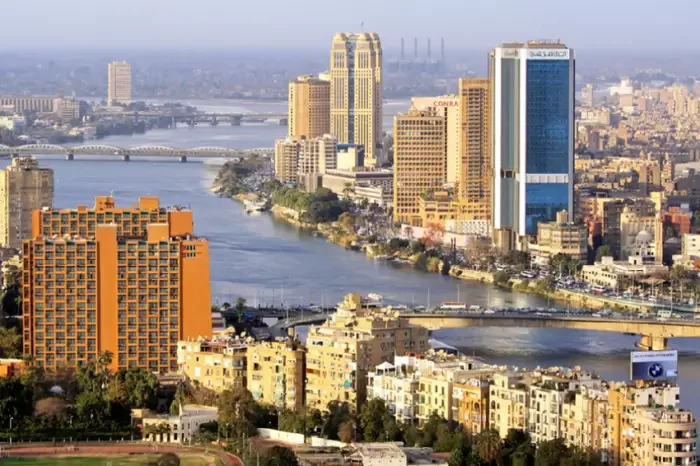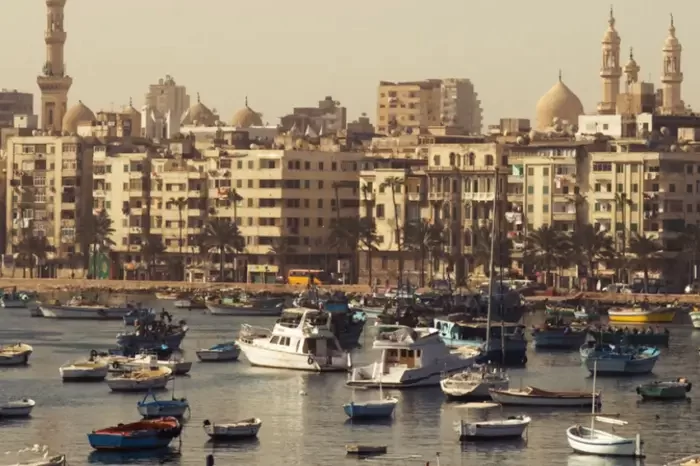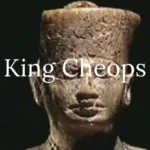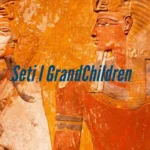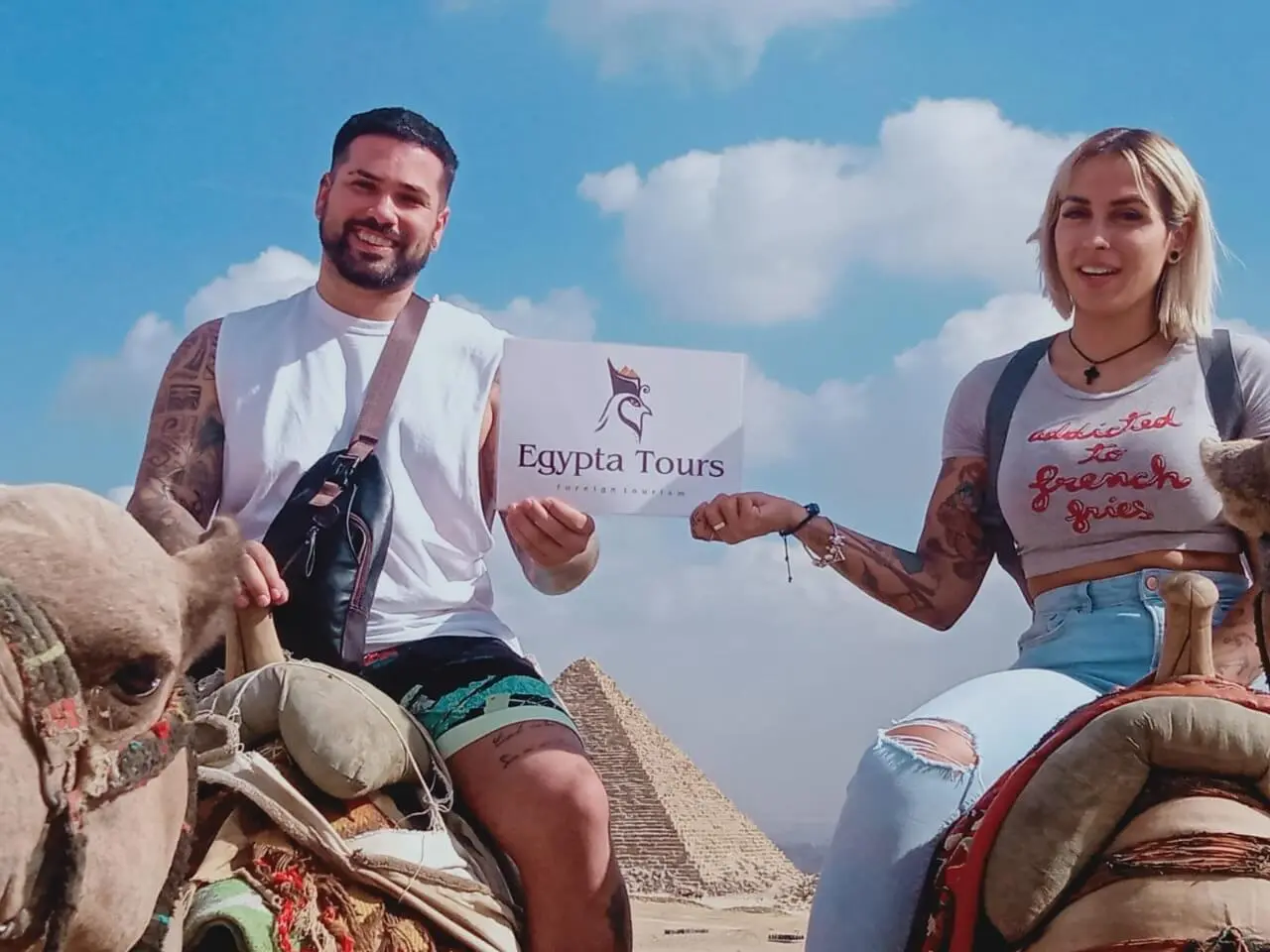National Museum of Egyptian Civilization is one of the world’s largest museums for display, preservation, research, and publication of Egyptian history, as it is the first museum dedicated to the oldest and oldest prehistoric civilizations. The museum’s exhibits were moved from other museums in Egypt such as the Cairo Museum, the Museum of Islamic Art, the Coptic Museum, and the Royal Jewelry Museum in Alexandria.
The location of National Museum of Egyptian Civilization
The museum is located near the Citadel of Babylon and Fustat Apartments. It is located in the heart of ancient Egypt, overlooking Ain Surra Lake. The area of the museum is 33.5 acres, 130,000 square meters of which the buildings have been allocated. The museum is expected to contain 50 artifacts dating back to ancient Egypt.
The National Museum of Egyptian Civilization is located near many archaeological sites, such as the Ezra Jewish Temple, the churches of ancient Egypt, the Mosque of Amr ibn al-Aas, excavations of the ruins of the city of Fustat, the Nilometer on Rawda Island, the Montarly Palace, and the palace of Muhammad Ali in the Manial property area.
Construction of the National Museum of Egyptian Civilization.
The museum architecture was designed by an Egyptian architect who won the international architectural competition. The National Museum of Egyptian Civilization architecture has an area of 23,236 square meters.
The museum displays a collection of 50,000 artifacts that reflect the development of Egyptian civilization since prehistoric times. The group is divided into two separate sectors; thematically and the other temporally.
The time group dates back to the following eras: prehistory, ancient, pharaonic, Greco-Roman, Coptic, medieval, Islamic, modern, contemporary.
The thematic collection reflects the development of civilization, the Nile, writing, society, culture, materials, religion, and thought, as well as the Royal Mummies Room.
The opening of the National Museum of Egyptian Civilization
The opening of the National Museum of Egyptian Civilization is one of the most important tourist attractions in Egypt in recent times.
Despite the passage of time, the stunning images of the royal procession of mummies held on April 3, 2021 around the world, are still fresh in everyone’s memory: the mummies of the pharaohs and the important queens of ancient Egypt were displayed in the streets of Cairo as they were transported from the Egyptian Museum to their new home at the Museum of Egyptian Civilization.
Who built the National Museum of Egyptian Civilization?
In 1982, UNESCO, at the request of the Egyptian government, undertook a campaign to build the National Museum of Egyptian Civilization in Cairo. In 1999, they searched for a suitable location near Fustat, and the current location was chosen. The first stone was laid in 2002 under President Hosni Mubarak to make it one of the largest and most important antiquities museums in the country.
In 2017, Frenchman Ricciardon, director of the American University in Cairo, donated 5,000 artifacts to the National Museum of Egyptian Civilization.
In February of the same year, the National Museum partially opened, only the temporary exhibition hall with a length of 1,000 meters including a temporary exhibition entitled “Egyptian Handicrafts through the Ages”, with the aim of showcasing the development of Egyptian handicrafts (ceramics, weaving, carpentry and jewelry).
Is the Grand Egyptian Museum the same as the National Museum of Egyptian Civilization (NMEC)?
It is important not to be confused with the Grand Egyptian Museum, the largest archaeological museum in the world located just a few kilometers from the pyramids of Giza. Instead, the Egyptian Museum of Civilization was opened in 2017, and since then, its collection has been enriched with contributions from other museums, such as the arrival of famous Pharaonic mummies.
This exhibition includes about 420 artifacts selected from some museums and fashion models, in addition to large screens showing documentaries On April 3, 2021, 22 mummies of 18 pharaohs and four queens were transferred to the museum by the Egyptian Museum in an event called “Golden Parade of Royal Mummies”. The event marked the official opening of the National Museum of Egyptian Civilization
National Museum of Egyptian Civilization Background
The museum’s permanent collection is divided into two zones, one thematic and the other temporal.
Time zones include Pharaonic, Islamic, Medieval, Coptic, Greco-Roman, Ancient, Contemporary and Modern.
Thematic areas include The Dawn of Civilization, the Nile, Writing, State, Society, Material Culture, Beliefs, Thinking, and the Royal Mummies Exhibition.
Visiting the National Museum of Egyptian Civilization
The MEC is open daily between nine in the morning and five in the evening. It is also open from six in the evening to nine in the evening on Friday.
Foreign visitors are expected to pay £200 plus another £50 to use the camera. Photography is strictly prohibited inside the mummy rooms, even if you have paid an extra fee for the camera.
You do not have to book tickets in advance or online. Visitors can only show up and buy tickets on site easily. Give yourself two full hours here to discover what NMEC has to do
What Is The Best Time To Visit The NMEC In Cairo?
The museum is open all year round, but the best time to visit is during the winter months of December and January.
The weather in Cairo during winter is cooler and more pleasant than in the hot and humid summer months. The average temperature in December is 21 °C (70 °F), and in January 24 °C (75 °F).
The cold weather makes it more comfortable to walk around the museum and see the exhibits.
If you are interested in knowing Egyptian history and culture, the National Museum of Egyptian Civilization is a must-see. The museum has something for everyone, and the winter months are the best time to visit.
An Overview About the Old Cairo District
Old Cairo is one of the old areas in the south of Cairo. The area is about two meters above sea level and accommodates nearly 600,000 people. It is bordered to the north by the characteristics of the Sayeda Zeinab neighborhood, one of the old neighborhoods in Egypt, and to the south by the Basateen area.
The most popular areas in the Old Cairo neighborhood are Fustat, Abu Saud Maps, El Fransawy, Ezbet El Fustat, Sheikh Mubarak Maps, Al Manal, Al Rawda, and Zahra.
There is also Amr Ibn Al Aas Street, the most famous street in Old Cairo, followed by Corniche El Nil Street, and Abdul Aziz Al Saud Street.
Tourist Attractions in the Ancient Egypt District
Ancient Egypt includes many tourist and recreational places, such as:
Al-Fustat Park
Ahmed Rami’s Park
Umm Kulthum Park
Al-Monastirli Palace Museum
The Coptic Museum
The Small Muhammad Ali Museum
The Mosque of Amr Ibn Al-Aas
The Synagogue of Ibn Ezra
